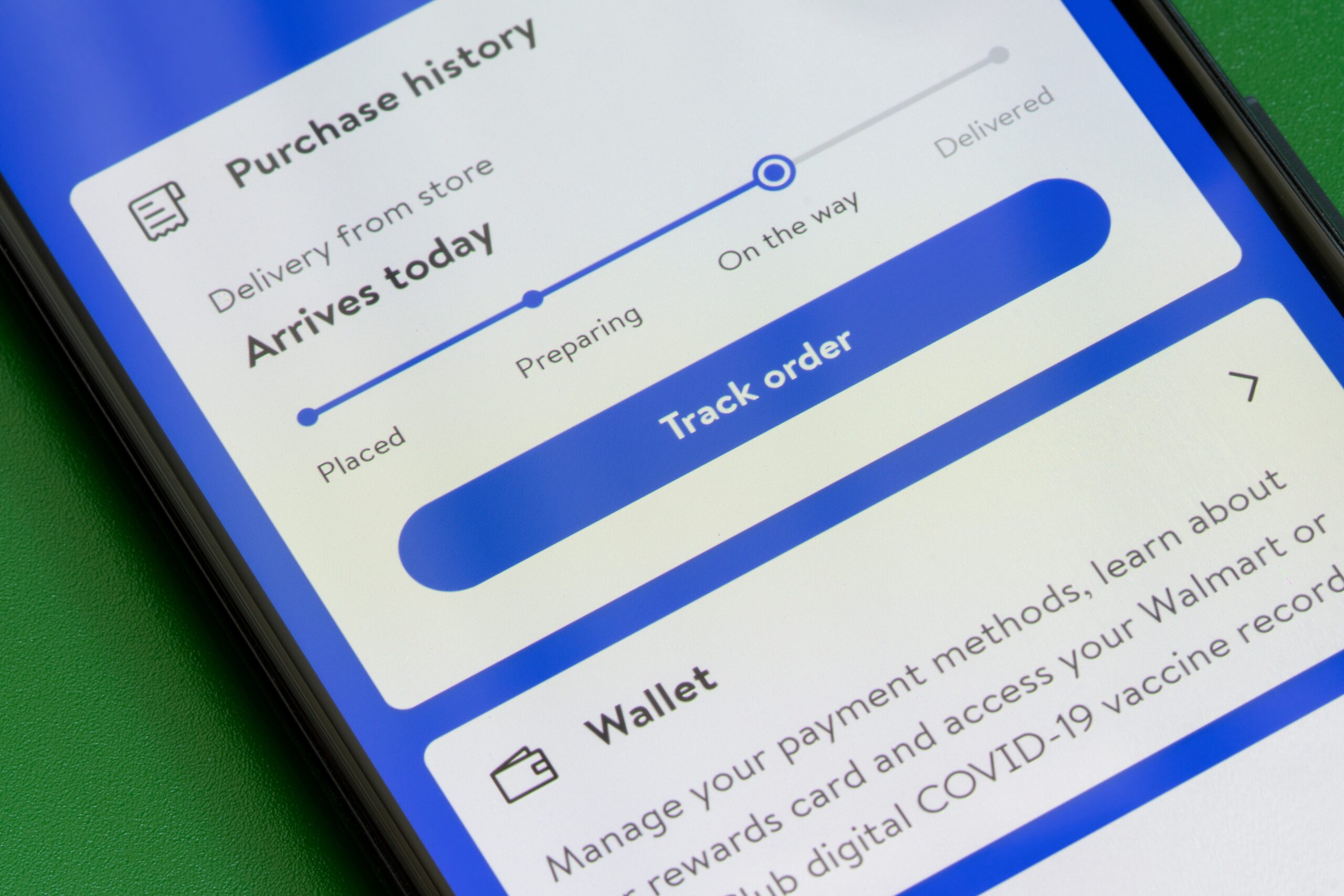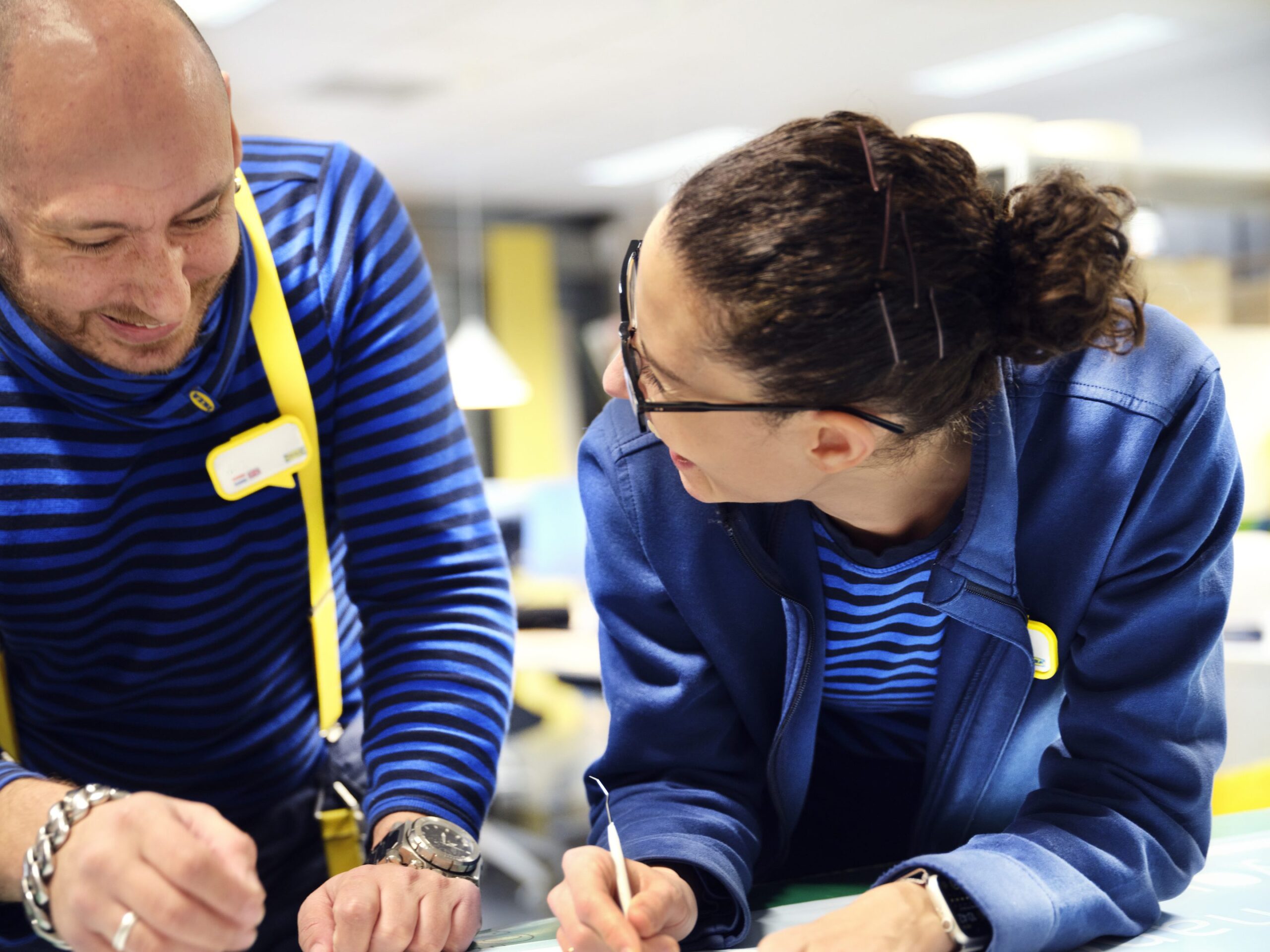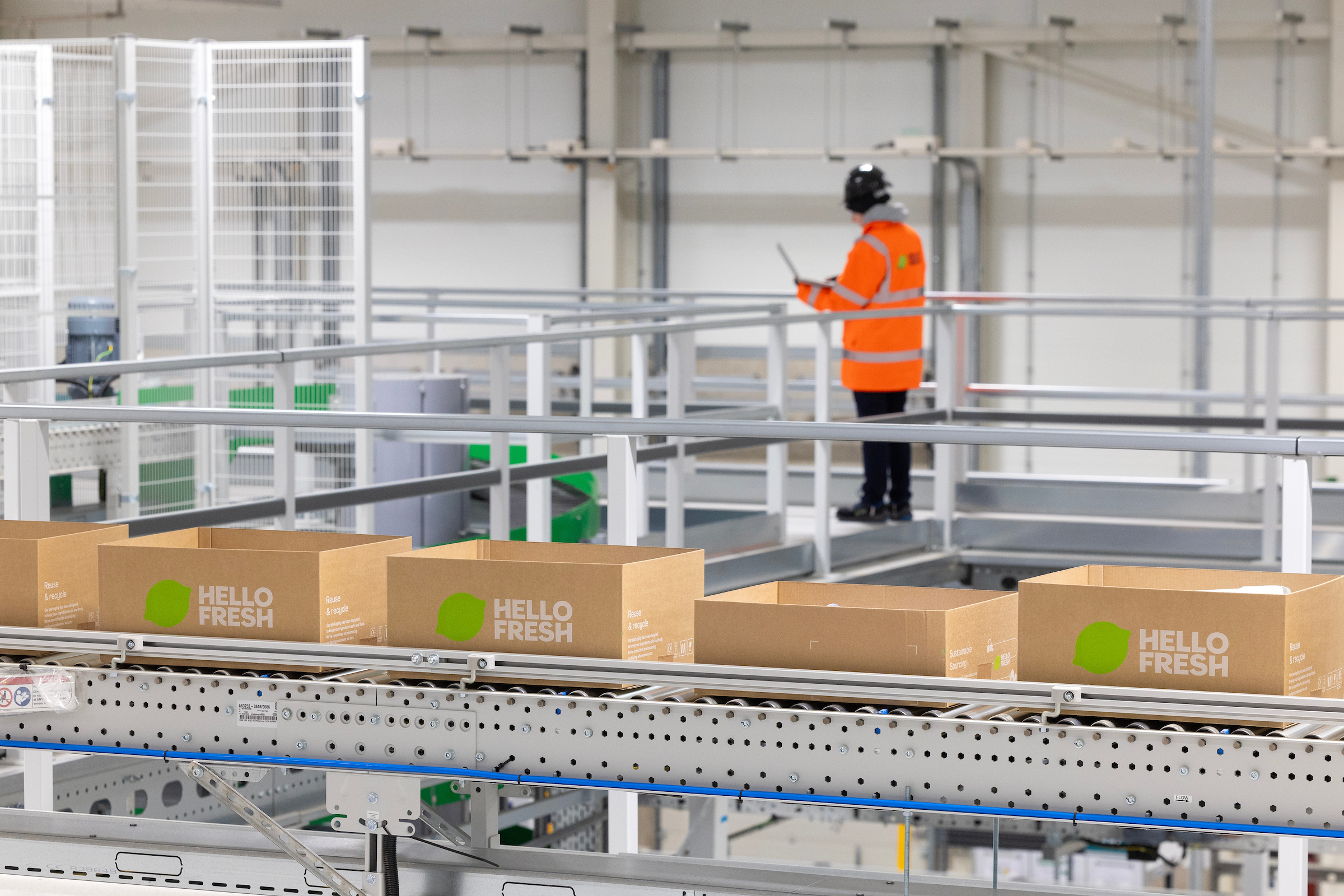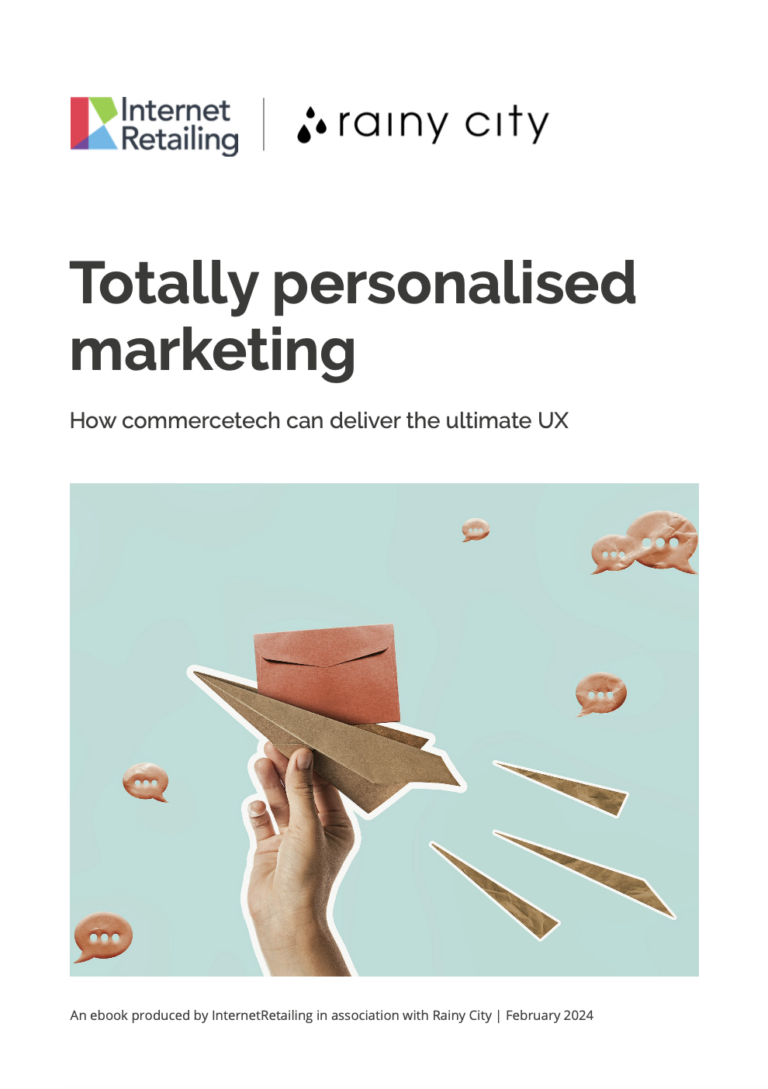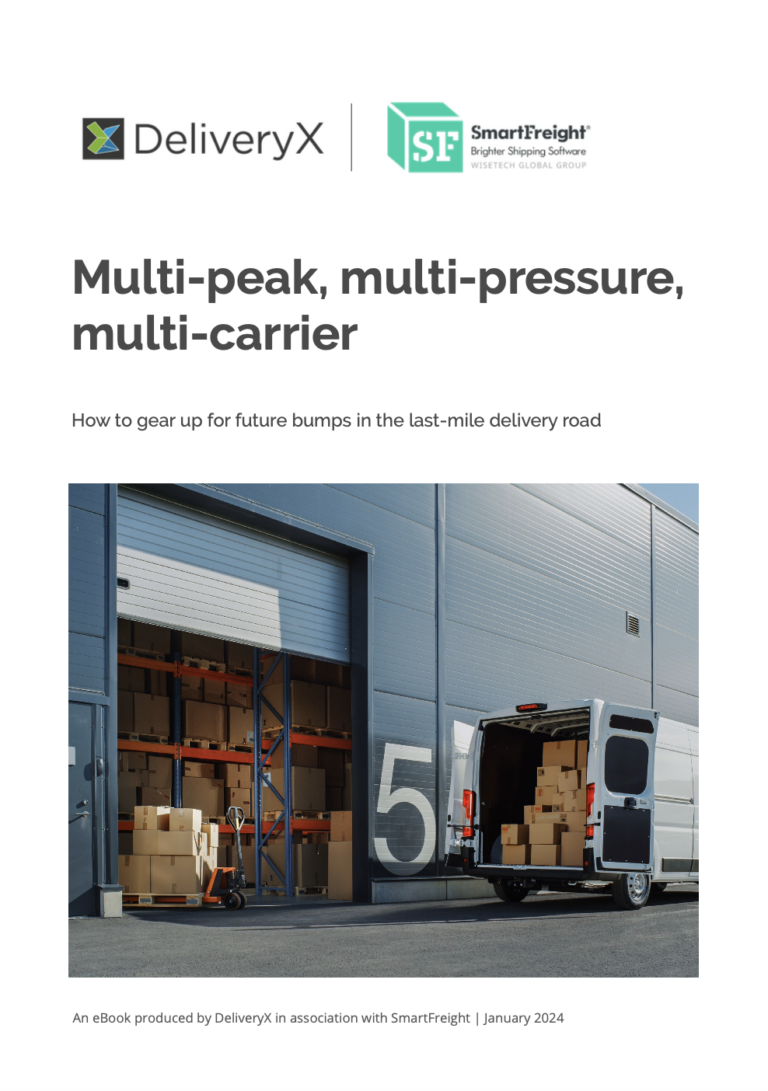Technology – and Brexit – is bringing to an end to the age-old British etiquette of queuing, at least for retailers. Research by retail consultants at Zebras Technologies suggests that transactions at manned, stationary POS check-outs have fallen from 71% 52% today.
As technology becomes more affordable and retailers look to cut costs, the high street of the future could be closer than first imagined. According to Zebra, a quarter of shops are planning to do away with queuing altogether within four years, by letting customers pay for items using their smartphones by 2021, according to a survey of Britain’s biggest retailers.
The move by stores is in part a response to Brexit, the research says. By getting rid of tills and staff, retailers will be able to cut costs at a time when they are seeing their margins squeezed as a result of the falling value of the pound and rising commodity prices.
Household name stores including Waitrose and Zara are already installing high-tech payment and security systems which are likely to evolve into fully “queue-less” systems over the coming years.
Zara has installed high-tech clothes tags which let staff know where they are in stores, however these could eventually be used to let customers scan garments and pay for them using their smartphones.
Meanwhile Waitrose has rolled out handheld self-scanning devices in some stores which looks and feel like smartphones, and let customers upload their shopping lists.
The latest mobile devices for self-scanning use Bluetooth technology to detect what a customer has just scanned. This also allows the retailer to know where customers are in store and provide contextual information, such as “don’t forget, that product is part of a special offer”.
Mark Thompson, director of retail and hospitality at Zebra Technologies, explains: “In five years, a visit to the British high street will be massively different from today. Retailers want to put more power into the hands of shoppers, letting them pay with their mobiles as they browse, or giving them smart-carts with screens and built in scanning. The store itself will continue to get smarter as well. Retailers will be able to tell when and even where specific customers are in store. This technology will also save stores money, which is why the falling value of the pound, coupled with higher commodity prices will speed up its rollout as firms look to maintain their profits.”
According to Qmatic, a provider of customer journey management solutions, agrees and believes that using technology to manage the customer’s in-store experience helps create a much more efficient and enjoyable experience. Self-check-outs are likely to expand from being in-store processes to applications on customers’ mobile phones, enabling users to scan the barcode that is linked directly to their online account or digital wallet.
“The latest technological advances for the retail market are all about creating a seamless customer journey and improving the overall in-store experience,” says Vanessa Walmsley, Managing Director at Qmatic. “One of the biggest pain or friction points in retail is the check-out experience in store when there are a whole range of developments out there that enable the customer to come in, choose their item and pay directly from their phone. Self-check-outs are just the start, these will soon reside in the customer’s phone.”
The devaluation of the pound following Brexit and the rising commodity prices, as well as the continued ongoing success of online shopping are seen as the key reasons for this drive to deploy greater technologies in-store.
“Imagine going into a clothing store and instead of using the handheld scanner – similar to the one you use in Waitrose to scan your food – you research, find and scan your clothes with your mobile instead. By working with retailers to develop end-to-end virtual to physical world solutions like this, customers can have a greater shopping experience, without having to worry about getting frustrated by long check-out queues,” says Walmsley.
The traditional physical check-out queue as we know it could be gone within four years, but Qmatic cautions that other aspects of the retail experience will still retain queuing systems and it is these areas that retailers must not neglect. Customer services or help/expert desks are likely to still retain queuing systems, but through an integrated solution customers will be able to more accurately reserve time and place themselves in virtual queues notified by mobile alerts of their time to be served to ensure the linear, stand in line queues of old aren’t repeated in a different area of the store.
“Physical check-out queues are likely to disappear but this doesn’t mean the retail experience will be entirely without queues. While customers enjoy their technology, it is by no means a catch-all solution and retailers must develop more innovative solutions in conjunction with traditional methods. Factors including the store layout, types of services offered, customer base and more are all areas that must be taken into consideration,” concludes Walmsley.

